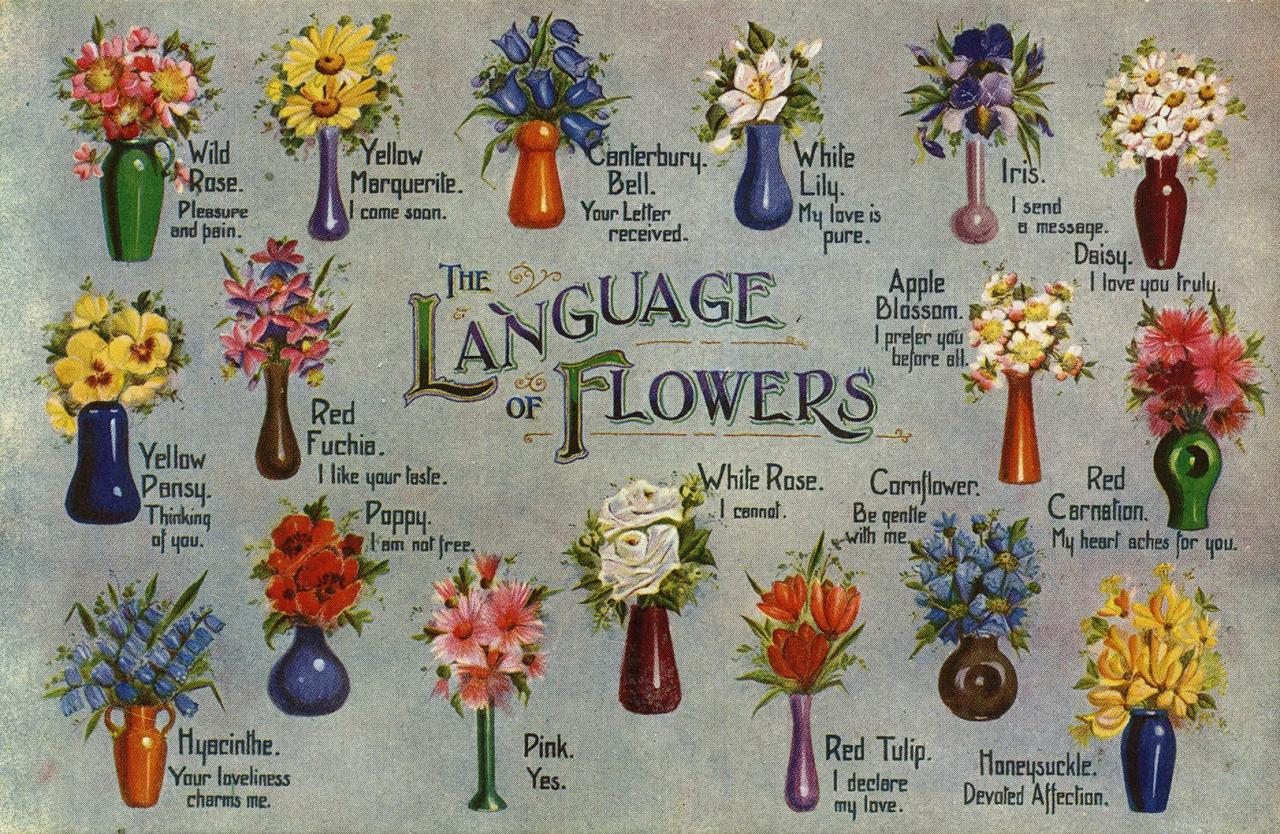
Sheet language meaning delves into the intriguing realm of specialized languages used in various fields, offering a comprehensive understanding of their significance and applications. This multifaceted guide unveils the nuances of sheet languages, empowering individuals to harness their power for effective communication.
Sheet languages encompass a diverse range of communication systems, each tailored to specific industries and professions. From the intricate symbols employed in music sheets to the standardized codes used in aviation, these languages facilitate precise and efficient information exchange within specialized domains.
Sheet Language Meaning

Sheet language refers to a system of communication that uses a specific set of symbols, marks, or characters to represent information. It is often used in specialized fields or industries where precise and concise communication is essential.
The term “sheet language” originated in the early 20th century, when it was used to describe the symbols and notations used in music. However, the concept has since been expanded to include any system of communication that uses a defined set of symbols to convey information.
Types of Sheet Languages, Sheet language meaning
- Musical notation:Used to represent musical compositions, including notes, rhythms, and chords.
- Mathematical notation:Used to express mathematical concepts, equations, and proofs.
- Chemical notation:Used to represent chemical structures, reactions, and properties.
- Engineering drawings:Used to convey design and construction information for buildings, machines, and other structures.
- Cartographic symbols:Used to create maps and charts, representing geographic features and data.
Usage of Sheet Languages
- Provide clear and concise communication:Sheet languages allow for the efficient transmission of complex information without the need for lengthy explanations or descriptions.
- Facilitate collaboration:Sheet languages enable professionals from different backgrounds to share and understand technical information effectively.
- Standardize communication:Sheet languages ensure consistency in the interpretation and exchange of information within a specific field or industry.
Examples of Sheet Languages
| Sheet Language | Purpose | Target Audience |
|---|---|---|
| Musical notation | Represent musical compositions | Musicians, composers |
| Mathematical notation | Express mathematical concepts | Mathematicians, scientists |
| Chemical notation | Represent chemical structures | Chemists, biochemists |
| Engineering drawings | Convey design information | Engineers, architects |
| Cartographic symbols | Create maps and charts | Geographers, cartographers |
Epilogue

In conclusion, sheet language meaning illuminates the vast landscape of specialized communication systems, highlighting their unique characteristics, applications, and ethical considerations. By understanding the intricacies of sheet languages, individuals can unlock their potential for effective communication, fostering clarity, efficiency, and precision in diverse professional settings.
Commonly Asked Questions
What is the primary purpose of sheet languages?
Sheet languages serve as specialized communication systems designed to facilitate precise and efficient information exchange within specific industries and professions.
How do sheet languages differ from other forms of communication?
Sheet languages utilize unique symbols, codes, or notations that are tailored to the specific requirements of their respective fields, enabling concise and standardized communication.
What are the key advantages of using sheet languages?
Sheet languages offer advantages such as enhanced precision, clarity, and efficiency in conveying complex information within specialized domains.




